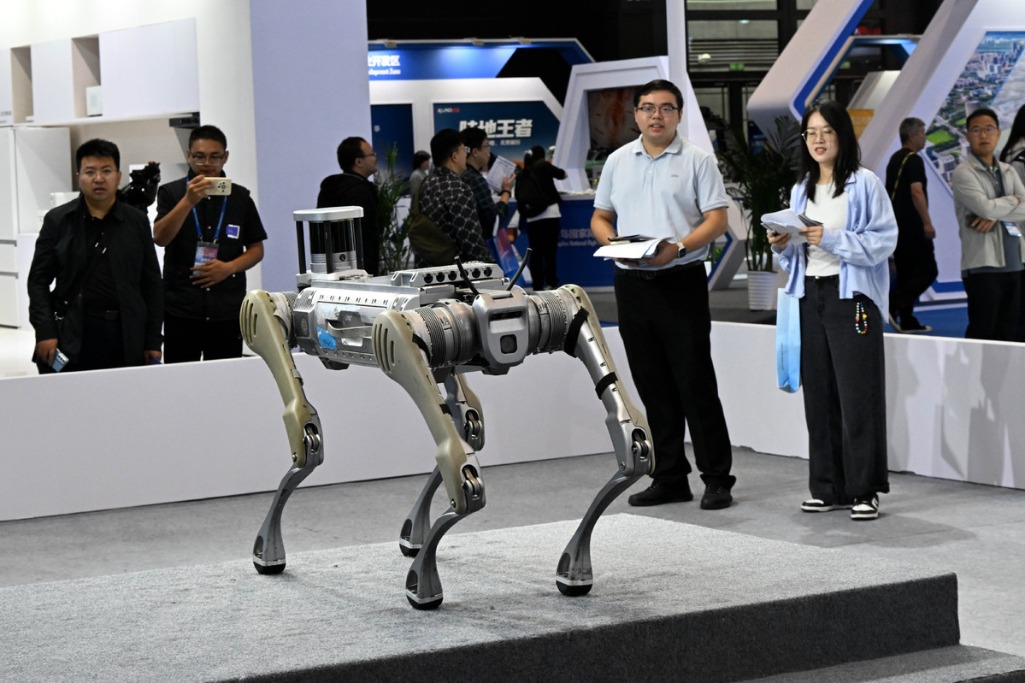BAK shows latest two-wheeler batteries at CIMAMotor


BAK Battery displayed its latest portfolio of electric two-wheeler batteries at the 23rd China International Motorcycle Trade Exhibition, highlighting advances in safety, performance and cost efficiency.
The centerpiece of the company's booth at the exhibition, which ran from Friday to Monday, was the PRO-MAX 46137, billed as offering "true safety and superior economy".
Building on BAK's high-safety PRO-M series, the new battery introduces upgraded materials and structural innovations that raise standards across the industry.
A nano-composite chemistry delivers an energy density of 190 Wh/kg and 490 Wh/L, with single-cell capacity reaching 30 Ah—a new benchmark for electric two-wheeler batteries.
Also, a steel casing and directional pressure-relief system enable the cell to pass demanding nail-penetration, thermal-propagation, overcharge and deep-discharge tests.
A tabless structure cuts internal resistance, reducing heat build-up by more than 90 percent compared with conventional designs.
The battery charges from 10 percent to 80 percent in 20 minutes, lasts for 2,000 cycles while retaining over 80 percent of capacity, and operates reliably from –35 to 65 degrees Celsius.
Even in severe cold it retains over 90 percent of its energy, extending winter range by as much as 130 percent.
BAK also displayed its PRO-M High-Safety Series 18650-20M, designed for balance scooters and light two-wheelers, and tabless 2170 cells with ultra-low resistance and wide temperature tolerance.
The high-capacity 21700 line, popular in Southeast Asia for its long range and consistency, has helped BAK climb India's lithium-ion battery import rankings to fourth place in 2024.
With electrification spreading beyond cars and consumer electronics into two-wheeled transport and energy storage, BAK aims to be a key enabler of the global energy transition.
"Technological innovation will remain our core driver," said Liu Zhibo, BAK's executive vice-president, noting the company's worldwide production footprint and localized solutions.



































